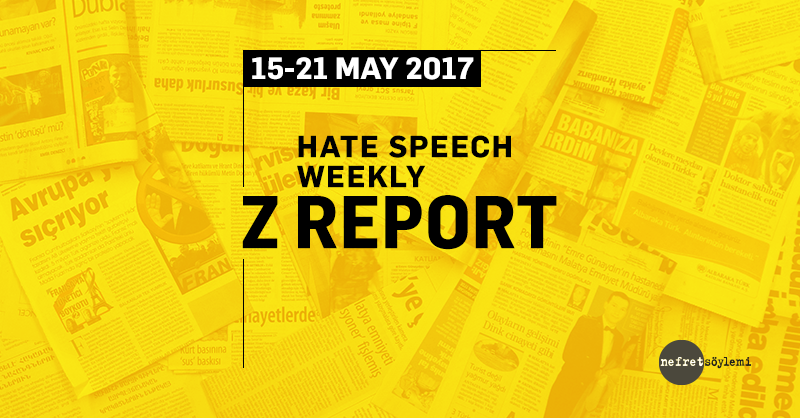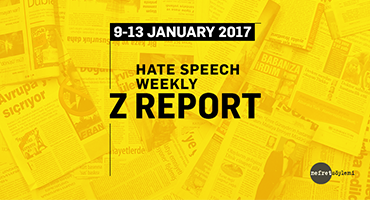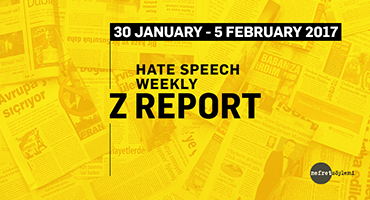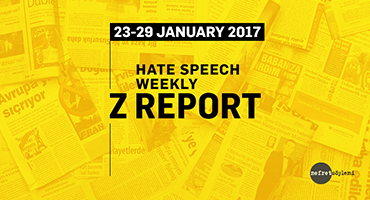Within May 15-21, 2017, four news articles that generate hate speech had been selected from print media for the weekly report. You can find these articles that generate hate speech against Armenians, Syrians, Christians and Greeks and the analyses below.1
1.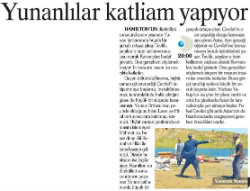
The article that was published in Günboyu titled “Greeks are slaughtering” presents the new episode of the TV series “Vatanım Sensin”. The article associates Greeks with violence and incites enmity against them by the very selection of the title and the reiteration of the expression “Greek massacre” in the content. |
2.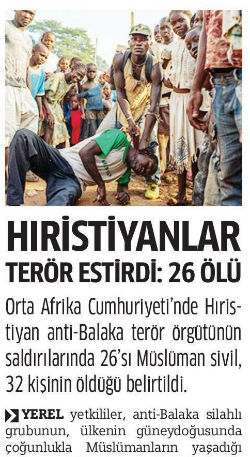
In Milli Gazete’s article, with the title of “Christian Terrorists Terrorized: 26 Dead” and the spot, “32 people died, including 26 Muslims, during the attacks of the Christian anti-Balaka terrorist group”, a disjunctive event held by the armed group called anti-Balaka has become associated with the religious identity of Christian people. Christians are associated with terror and crime; hence, the enmity against them is exacerbated. |
3.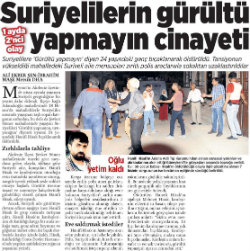
Milliyet’s article titled “The ‘do not make noise’ murder of Syrians”, highlights the national identity of the suspects, even though it has nothing to do with the event. This article, therefore, labels Syrians as criminals, extends the negative attitude towards all Syrian people and promotes their discrimination. |
4.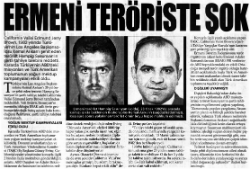
The article titled “SHOCK TO THE ARMENIAN TERRORIST”, which was published in Yeni Akit, associates the Armenian national identity with crime and violence, therefore, incites existing prejudices against Armenians and creates further enmity between people. |
1. Within the scope of the media monitoring work focusing on hate speech, all national newspapers and around 500 local newspapers are monitored based on pre-determined keywords (e.g. Traitor, apostate, refugee, Christian, Jewish, separatist, etc.) via the media monitoring center. While the main focus has been hate speech on the basis of national, ethnic and religious identities; sexist and homophobic discourses are also examined as part of the monitoring work.

